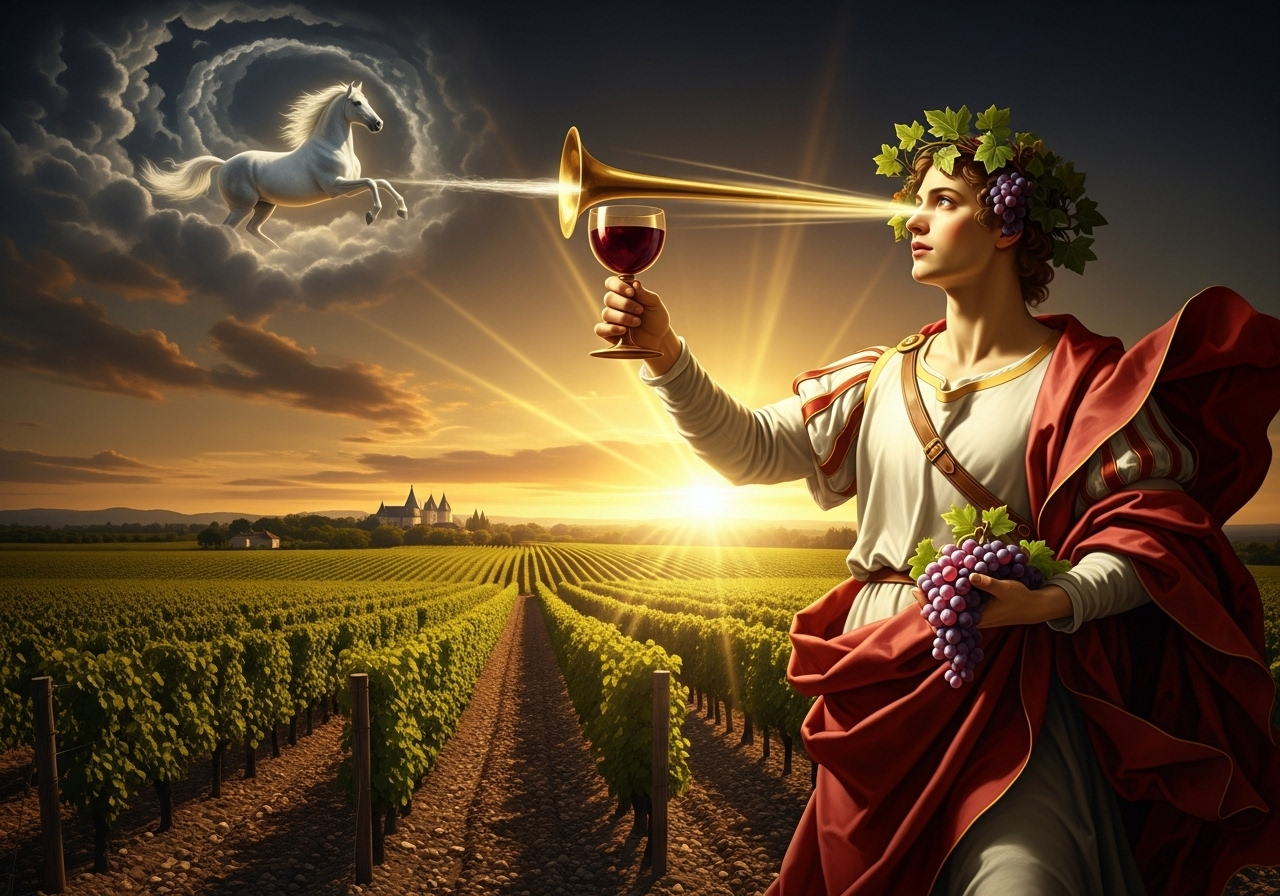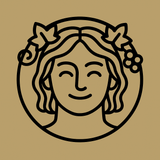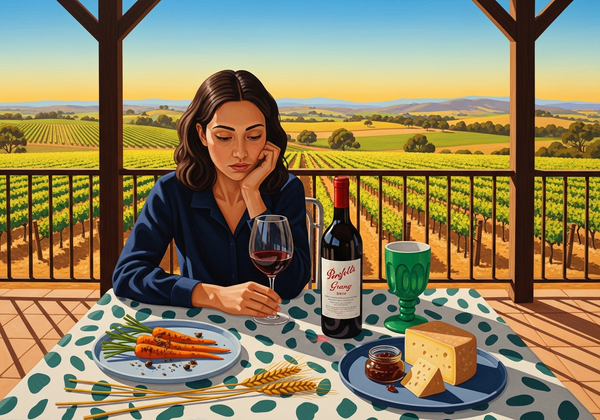The Alchemy of Time: The Complete Story of Château Cheval Blanc
Discover the complete history of Château Cheval Blanc, from its bold 19th-century beginnings to its legendary 1947 vintage and modern reinvention under LVMH—an icon of Saint-Émilion blending tradition, innovation, and timeless elegance.

From humble furrows to vinous immortality—how a Saint-Émilion estate rewrote the rules of Bordeaux.
A Beginning in the Clay and Gravel
The story of Château Cheval Blanc is one of audacity and terroir. Situated on the border between Saint-Émilion and Pomerol, its 39 hectares are no ordinary patch of Bordeaux earth. Unlike the uniform gravels of the Médoc or the pure clays of Pomerol, Cheval Blanc sits at a crossroads of soils: gravel, clay, and sand woven together like a patchwork quilt.
This geological accident became its destiny. It allowed the estate to marry the finesse of Cabernet Franc with the plush opulence of Merlot—long before “blend” became a sacred Bordeaux word.
The name itself, “White Horse,” evokes nobility, movement, and myth. In fact, legend suggests that the property once housed stables belonging to the King’s messenger, the white horse galloping from Paris to Spain. Whether myth or marketing, it captures the spirit of momentum that defines this château.
19th Century: The Rise of a Rebel
In 1832, Jean-Jacques Ducasse purchased plots of land that would become the beating heart of Cheval Blanc. A decade later, when Henriette Ducasse married Jean Laussac-Fourcaud, the family’s vision crystallized.
They dared to plant a high proportion of Cabernet Franc, bucking the trend of their Saint-Émilion neighbors. This gamble yielded wines with perfume, backbone, and an almost Burgundian clarity. By the late 19th century, Cheval Blanc was being served at the tables of Europe’s aristocracy, standing shoulder-to-shoulder with Médoc giants like Lafite and Margaux.
In 1862, Cheval Blanc won a gold medal at the Universal Exhibition in London. A star was born, its glow destined to cross centuries.
20th Century: From War to Glory
Two World Wars tested Bordeaux, and Cheval Blanc was no exception. Yet even amidst turmoil, the estate held its ground. The 1947 vintage became the stuff of legend—an accident of nature and cellar conditions that produced a wine so opulent, so exotic, that it remains a benchmark of hedonism in wine. Critics describe it as a paradox in a glass: lush yet precise, chaotic yet transcendent.
By the mid-20th century, Cheval Blanc’s reputation soared. It became synonymous not just with Saint-Émilion but with Bordeaux’s very capacity for reinvention. In 1954, when Saint-Émilion introduced its official classification, Cheval Blanc stood atop as Premier Grand Cru Classé A, an honor shared with only a few peers.
21st Century: Reinvention Without Betrayal
Great estates walk a tightrope between tradition and innovation. Cheval Blanc has done so with grace.
In 1998, luxury powerhouse LVMH acquired the château, bringing both resources and global vision. Architects Christian de Portzamparc and Patrick Dillon designed a futuristic cellar—a white, undulating structure that seems to float above the vines, a modern temple to time and fermentation.
Yet beneath the sleek lines and state-of-the-art vats beats the same heart: Cabernet Franc and Merlot grown on that miraculous terroir. The estate has embraced biodiversity, sustainable viticulture, and meticulous precision, but it has never betrayed its core identity.
The Style: A Symphony of Contrasts
Cheval Blanc is not simply a wine; it is a contradiction reconciled. Aromatically, it offers violets, graphite, and truffle. Texturally, it dances between silk and velvet. Structurally, it balances the linearity of Cabernet Franc with the generosity of Merlot.
Tasting it is like listening to a Bach fugue played on a Stradivarius—complex, layered, yet utterly harmonious.
Liber’s Reflection: The White Horse Gallops On
As I walk the vineyards of Cheval Blanc in my mind’s eye, I am reminded that greatness is seldom born of conformity. It springs from daring to be different—planting Cabernet Franc where others would not, investing in vision when others doubted, and embracing the paradox of heritage and modernity.
Cheval Blanc is not just a château. It is a reminder that in wine, as in life, the accidents of nature become the miracles of history—if only one has the courage to trust them.
And so, the White Horse gallops on, carrying centuries of tradition into the uncharted future.





